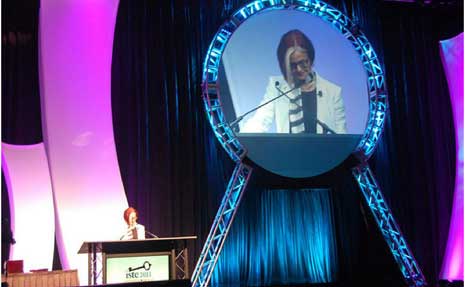Jared Smith wrote an excellent WebAIM article talking about how Accessiblity and SEO are moving closer and closer together in their goals and techniques. He talks about a variety of things, including HTML5 and SEO. Look at Jared’s list of similarities (links are to WebAIM articles):
The list of accessibility and SEO practices that are closely in alignment include:
- Using proper alternative text for images
- Providing a clear and proper heading structure and avoiding empty headings
- Providing descriptive link text (i.e., avoiding “click here”)
- Ensuring page titles are descriptive, yet succinct
- Not relying on JavaScript for things that don’t need it
- Avoiding mouse dependent interaction
- Using standard web formats when possible
- Providing transcripts and captions for video
- Identifying the language of pages and page content
- Allowing multiple ways of finding content (e.g., search, a site map, table of contents, clear navigation, etc.)
- Using text instead of images when possible
- Providing useful links to related and relevant resources
- Ensuring URLs are human readable and logical
- Presenting a clear and consistent navigation and page structure
- Avoiding CSS and other stylistic markup to present content or meaning
- Defining abbreviations and acronyms
Of course content is king, in both accessibility and SEO.
Teaching Creative Writing with Programming at ReadWriteWeb is one of the most creative teaching ideas I’ve seen in years.
Adobe Launches HTML5 Web Animations Tool is the announcement at Mashable. The tool is called Edge and is free right now because Adobe wants testers and feedback. The tool uses only HTML5, CSS, and JavaScript. Stephanie Sullivan Rewis tweeted another article about Edge.
Adobe’s Edge summarized on MacWorld: http://srewis.me/p79ij4 #html5 #css3


